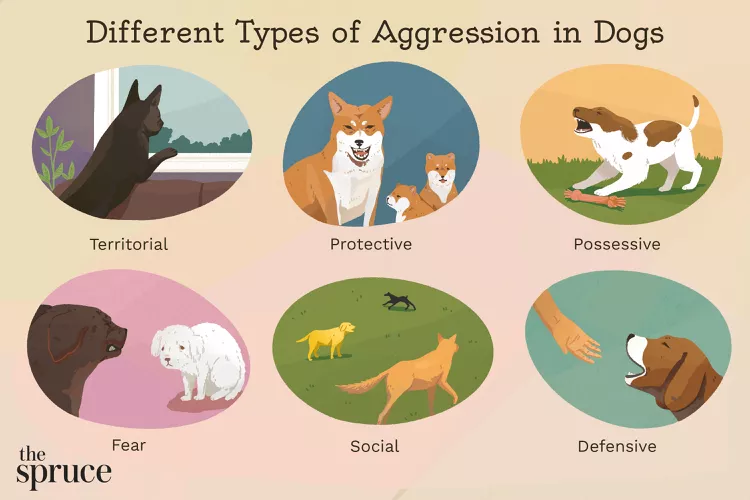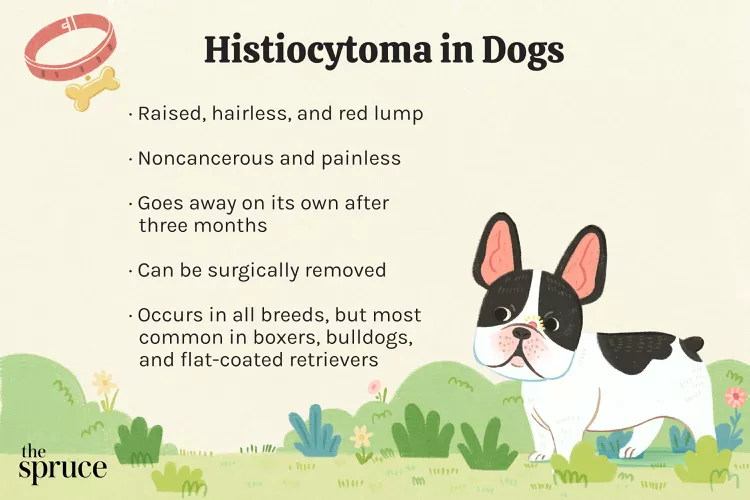
From improving digestive health to protecting against cancer, blueberries are often called “superfoods” due to their significant health benefits for us humans. If you’re looking for a nutritious and delicious snack to share with your furry friend, you may wonder, can dogs eat blueberries, too?
The short answer: Yes! While there are some foods that aren’t safe for dogs to eat, our canine companions can enjoy this small, flavorful fruit. However, like other dog-friendly foods, there are some considerations to keep in mind.
We talked to three veterinarians to get their advice, tips, and tricks for safely feeding your dog blueberries.
Sarah Gorman, DVM, CCRP, is the managing vet at Small Door Veterinarian.
Sabrina Kong, DVM, is a staff veterinary writer at We Love Doodles.
Rebecca Greenstein, DVM, is a veterinary medical advisor for Rover.
According to the U.S. Department of Agriculture’s FoodData Central, a cup of blueberries is 84 calories, making this a great low-calorie snack for dogs when fed in appropriate portion sizes. Blueberries also offer several nutritional benefits for dogs, says Sarah Gorman, DVM, CCRP, managing vet at Small Door Veterinarian.
Blueberries are a good source of the following, according to Gorman:
There’s substantial evidence that supports the many health benefits of blueberries. Overall, this blue-hued fruit is a natural source of antioxidants, vitamins, and minerals, which can contribute positively to a dog’s diet, says Sabrina Kong, DVM, staff veterinary writer at We Love Doodles.
Despite blueberries being so healthy, it’s essential to limit how much and how often they’re offered to your dog.
In moderation, washed blueberries are absolutely safe for most dogs to eat and make a healthy and tasty snack, says Rebecca Greenstein, DVM, veterinary medical advisor for Rover. She notes that if your dog is on blood thinners or has certain types of bladder stones, it’s best to consult your veterinarian before offering blueberries.
When feeding your canine companion blueberries, she says that any treat should comprise no more than 10 percent of your dog’s daily calorie intake to avoid creating nutritional imbalances. To learn more about your dog's specific daily calorie requirements, she recommends talking to your vet for individualized calculations.
Not only is it important to avoid giving blueberries—or any other treat—in excess to prevent an unbalanced diet and unwanted weight gain, but potentially negative side effects as well.
“It’s best to feed blueberries to dogs in moderation because overfeeding can lead to gastrointestinal upset, such as diarrhea or vomiting, due to their high fiber content,” Gorman says. “Additionally, too many blueberries can contribute to an excess of natural sugars in a dog’s diet, which may not be ideal.”
When introducing new foods into your dog’s diet, make a gradual transition and monitor your pup for any adverse reactions.
Feeding your furry friend fresh blueberries can be a fun way to add some variety and extra nutrition to their daily meals.
Gorman breaks down appropriate portion sizes for dogs based on their size:
If you’d like to incorporate blueberries into your dog’s diet, Gorman and Greenstein recommend:
Certain fruits, such as grapes and raisins, are toxic to dogs and should be avoided. Avocados, tomatoes, and cherries can also be harmful.
Fortunately, there are many fruits you can safely share with your four-legged friend! Some fruits that dogs can eat include:
Greenstein adds that any dog-friendly fruits should be properly washed, given in moderation, and cut into easily chewable pieces.

Cute Pictures & Facts About Calico Cats & Kittens
Learn fascinating facts about calico cats, including photos, the genetics behind this color combination, and common folklore and traditions.
How to Prevent Cat Separation Anxiety During Vacations
Discover why cats develop litter box problems and cat behavior problems when you go on vacation and what you can do about it to help them.
Cat Behavior Changes That Might Mean Something's Wrong
Cats' behavioral changes may indicate problems—or they may mean nothing at all. Explore causes of odd behavior and what to do about them.
Lhasa Apso: Dog Breed Characteristics & Care
The Lhasa apso is an ancient breed from Tibet that was bred to be a watchdog. Learn about its history, health, exercise needs, and more.
Reasons Why Dogs Run Away and How to Stop It
Dogs can escape, especially if they’re bored and not properly contained. Here are some techniques for stopping your dog from running away.
Can Dogs Get Depression? How to Help Your Sad Dog
Can dogs get depression? Learn about the signs of depression in dogs and find out how to help your sad dog.
How to Stop Aggression in Dogs
Dog aggression can be a serious behavior issue for pet owners. Learn how to stop aggression in dogs before someone gets hurt.
How to Stop Your Dog From Growling
A growling dog can soon become even more aggressive. Reduce the noise and potential for a dangerous situation with some of these techniques.
Why Do Dogs Dig Holes? How to Stop Your Dog from Relandscaping Your Yard
Dogs have been digging holes for centuries and for many reasons. Whether they’re bored or want to cool off in the dirt, here are the top reasons why dogs dig holes.
Dog Treat Varieties
Learn about the different types of dog treats on the market and decide which are best for your dog.
Can Dogs Eat Asparagus?
Dogs can eat asparagus, provided the vegetable is cooked plain and cut up for them. Seasonings, salt, and butter make it unhealthy for dogs.
Histiocytomas in Dogs
A histiocytoma is a type of benign (non-cancerous) skin lump that usually affects young dogs. Learn the causes, treatment, and prevention.
Why Is My Dog’s Eye Swollen?
If your dog's eye is swollen, she may need veterinary attention. The inflammation could be caused by allergies, an injury, or even a tumor.
Common Bugs and Parasites Found on and Inside Dogs
Learn about common types of parasites in dogs. Find out how to treat and prevent parasites to keep your dog, your family, and yourself safe.
Exploring the Different Types of Pet-Friendly Beaches
Are you looking for pet-friendly beaches? Learn about the different types of pet-friendly beaches, their locations, and tips for visiting them with your pet.
10 Obscure, Little-known Canine Facts in Honor of National Dog Day
With National Dog Day upon us, it's time to celebrate everything about our favorite pets—even the weirder stuff. Here are 10 obscure facts about dogs you probably didn't know.
Kitten Development From 3 to 6 Months Old
Kittens grow and change a lot during their first year. Find out what happens between the ages of three months and six months old.
95 Siamese Cat Names
Our list of Siamese cat names has diverse and fun options to help you choose the ideal moniker for your elegant and lovable feline companion.
What to Buy for Your New Cat: A List of Essentials
Before you bring your new cat or kitten home, there are a number of things to collect or buy so your cat will feel welcomed like a family member.
The 6 Best Cat Nail Clippers of 2024 for a Safe Trim
Clipping your cat's nails can save your furniture and keep your kitty comfortable. We asked veterinarians for their cat nail clipper recommendations.